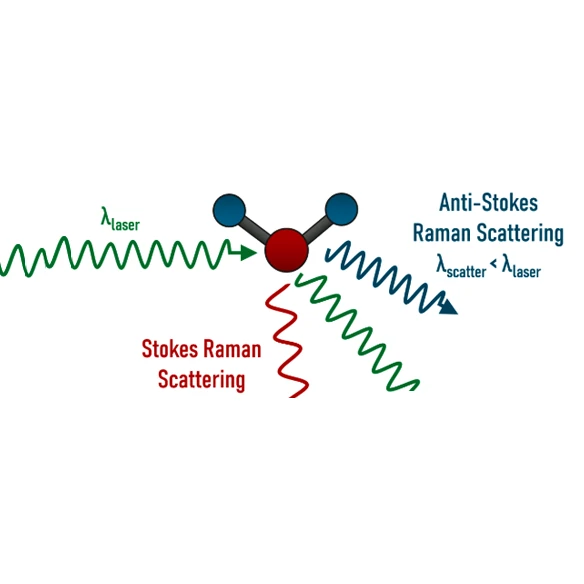
Why Choosing the Right Laser Wavelength Matters in Raman Spectroscopy
For researchers new to Raman spectroscopy, the most common question is: "What laser excitation wavelength do I need?" The answer hinges on the sample itself—its Raman scattering cross-section, optical properties, and potential for interference like photoluminescence. Raman lasers span wavelengths from ultraviolet (UV) to visible and near-infrared (NIR).
Selecting the optimal wavelength isn’t always obvious; it depends on variables tied to the laser’s λ, making 785nm a standout choice for many applications.
Key Reasons 785nm Excels in Raman Spectroscopy
1. Balancing Raman Signal Strength
Raman signals are inherently weak, arising from photon-phonon interactions. Since Raman scattering intensity is inversely proportional to the fourth power of the excitation wavelength (λ⁴), longer wavelengths like 785nm produce weaker signals than shorter ones (e.g., 532nm).
However, this tradeoff is often justified by 785nm’s ability to minimize stronger, confounding interference—like fluorescence.
2. Reducing Fluorescence Interference
Many samples (biological tissues, polymers, dyes) emit strong fluorescence under shorter UV/visible wavelengths, where higher photon energy readily excites electronic transitions.
The lower photon energy of 785nm NIR light excites far fewer fluorophores, significantly reducing fluorescence background and allowing faint Raman peaks to be clearly resolved—critical for accurate spectral analysis.
3. Optimizing Sample Penetration & Compatibility
- Transparent samples: For thin, transparent materials, 785nm’s penetration depth (determined by lens NA, sample refractive index) avoids overwhelming substrate signals (e.g., glass, thin films). - Opaque/complex samples: In opaque materials (semiconductors, powders), 785nm’s longer wavelength penetrates deeper than visible lasers, enabling depth profiling.
Its penetration range aligns with manufacturing depths of microelectronics, making it ideal for semiconductor analysis.
4. Versatility Across Sample Types
From biological samples (minimizing photodamage) to industrial materials (polymers, composites), 785nm works across diverse substrates.
This versatility reduces the need for multiple lasers, simplifying experimental setups.
OPTOStokes: Enhancing Your 785nm Raman Performance
To maximize the benefits of 785nm excitation, high-precision optical filters are essential—efficiently blocking the intense laser line and unwanted background light while transmitting the crucial Raman shift range. OPTOStokes delivers reliable solutions:
- Stock Filters: Immediately available, pre-calibrated for standard 785nm Raman configurations. Fast integration, assured quality.
- Custom Designs: Engineered to address your unique challenges—suppressing specific fluorescence bands, optimizing spectral edge transitions, or meeting tight size constraints.
Need the right optical filters to elevate your 785nm Raman results?
Email sales@optofilters.com with your sample type and system specs—our application experts will provide tailored recommendations within 24 hours.
Or visit our site to explore our range of in-stock 785nm-optimized filters. OPTOStokes: Precision Filters Engineered for Reliable Raman Data.


